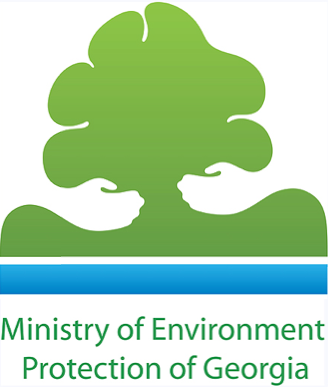Georgia- Second National Communication
Project Overview
The creation of a National Communication offers countries the opportunity to contribute with technically sound studies and information that can be used for designing mitigation and adaptation measures, and project proposals that can and will help increase their resilience to the impacts of climate change. Activities generally include: V&A assessments, Greenhouse Gas Inventory preparation, Mitigation Analysis or Education, and awareness raising activities.The ultimate goal is the integration of climate change considerations into relevant social, economic and environmental policies and actions
Key Vulnerabilities identified in Georgia's Second National Communication (2009):
- Coastal Zones and Marine Ecosystems: Eustasy – the rise of ocean (sea) level relative to land as a result of water thermal expansion and a change of fresh water balance in favour of the ocean;
- Storms – increase in frequency of storm surges and their power;
- Sedimentation – activation of solid sediment accumulation processes in glacier-fed river deltas;
- Change in sea surface water temperature – essential changes in thermal characteristics of the aquatic environment (sea currents resulting from changes in vertical circulation and other dynamics and thermal features).
Project Details
Potential Adaptation Measures identified in Georgia's Second National Communication (2009):
Measures to be implemented in the short term:
- Creation of permanent monitoring and early warning systems for Black Sea level rise and storm intensity;
- Establishment of a permanent Committee to plan and implement the adaptation measures to climate change,;
- Implementation of coastal zone protection measures in the Rioni Delta;
- Carrying out of sea shore protection measures at the Batumi-Adlia section aimed at the protection of the Batumi coastal zone;
- Preparation and implementation of adaptation measures for Lake Paliastomi. Long-term measures
- Assessment of climate change impacts on the development of tourism (heat waves, water temperature, beach degradation) and preparation of adaptation measures;
- Rehabilitation of eroded and salinised soils;
- Consideration of anticipated climate changes in the local infrastructure developmental process.
Key Results and Outputs
- Sustainable development and the integration of climate change concerns into medium- and long-term planning
- Inventories of anthropogenic emissions by sources and removals by sinks of greenhouse gases
- Measures contributing to addressing climate change
- Research and systematic observation
- Climate change impacts, adaptation measures and response strategies
- Education, training and public awareness
Reports and Publications
Assessments and Background Documents
Monitoring and Evaluation
In 1992, countries joined an international treaty, the United Nations Framework Convention on Climate Change, to cooperatively consider what they could do to limit average global temperature increases and the resulting climate change, and to cope with whatever impacts were, by then, inevitable.
Parties to the Convention must submit national reports on implementation of the Convention to the Conference of the Parties (COP). The required contents of national communications and the timetable for their submission are different for Annex I and non-Annex I Parties. This is in accordance with the principle of "common but differentiated responsibilities" enshrined in the Convention.
The core elements of the national communications for both Annex I and non-Annex I Parties are information on emissions and removals of greenhouse gases (GHGs) and details of the activities a Party has undertaken to implement the Convention. National communications usually contain information on national circumstances, vulnerability assessment, financial resources and transfer of technology, and education, training and public awareness.
Since 1994, governments have invested significant time and resources in the preparation, collection and validation of data on GHG emissions, and the COP has made determined efforts to improve the quality and consistency of the data, which are ensured by established guidelines for reporting. Non-Annex I Parties receive financial and technical assistance in preparing their national communications, facilitated by the UNFCCC secretariat



